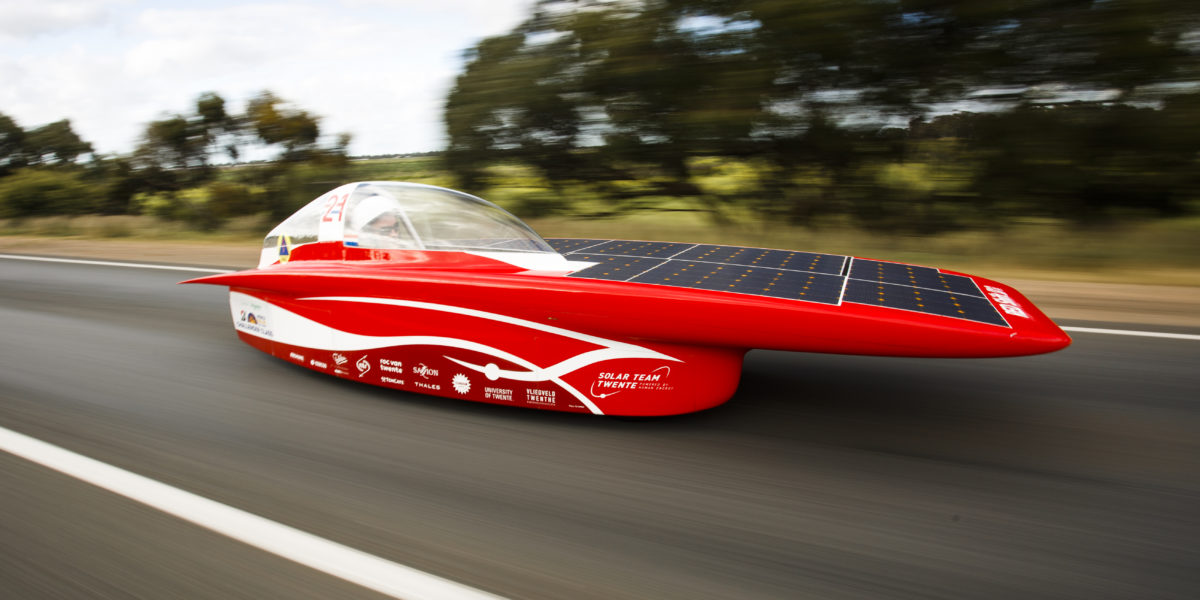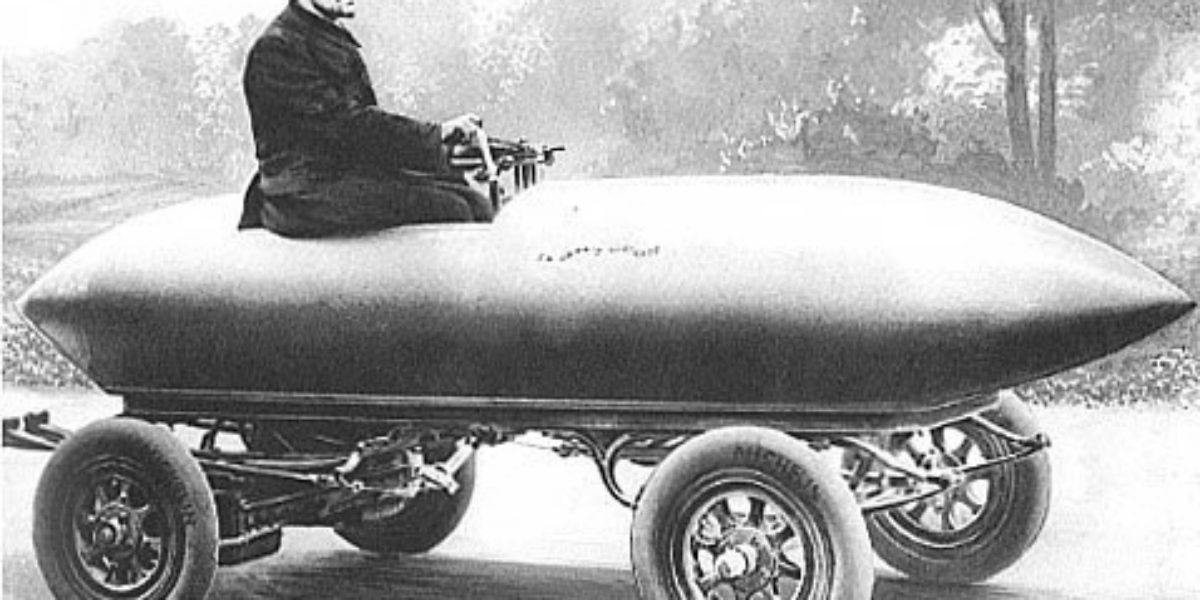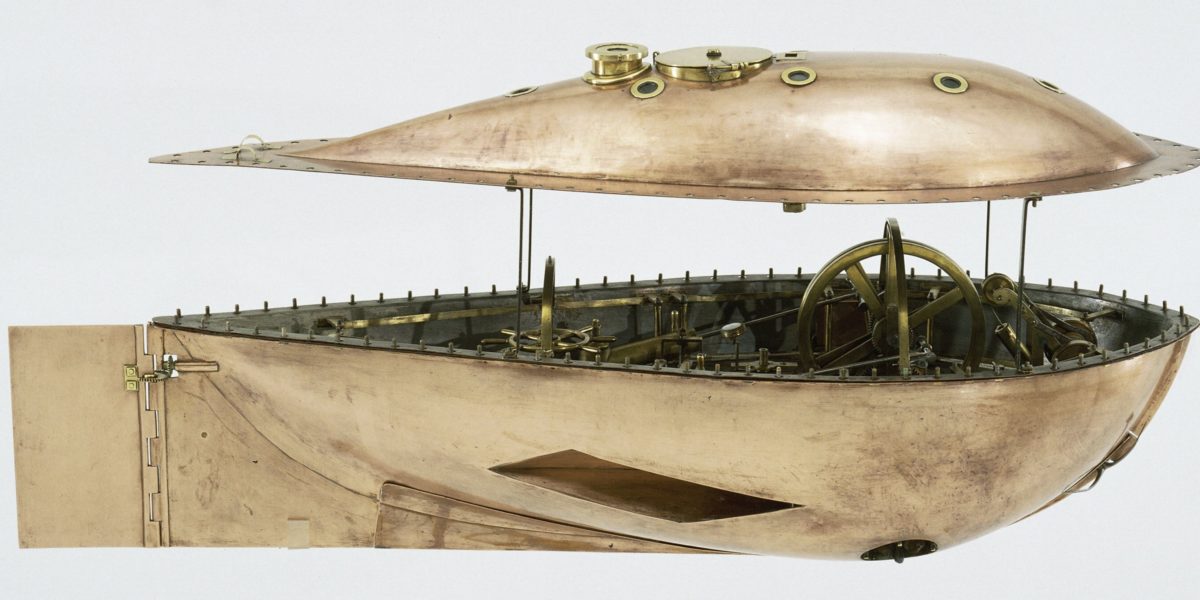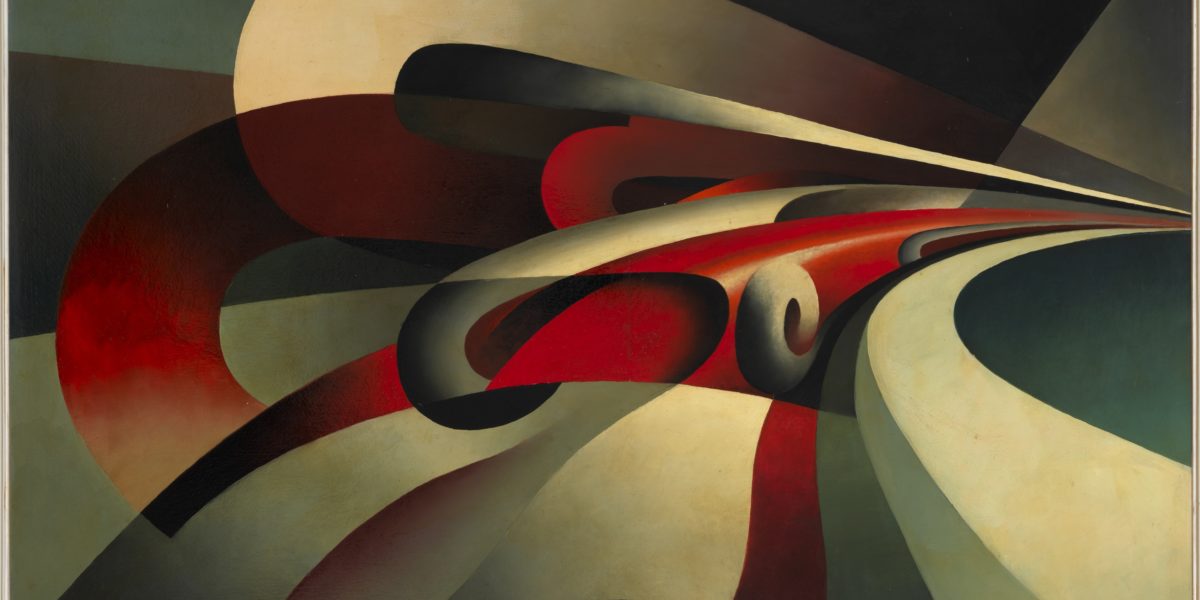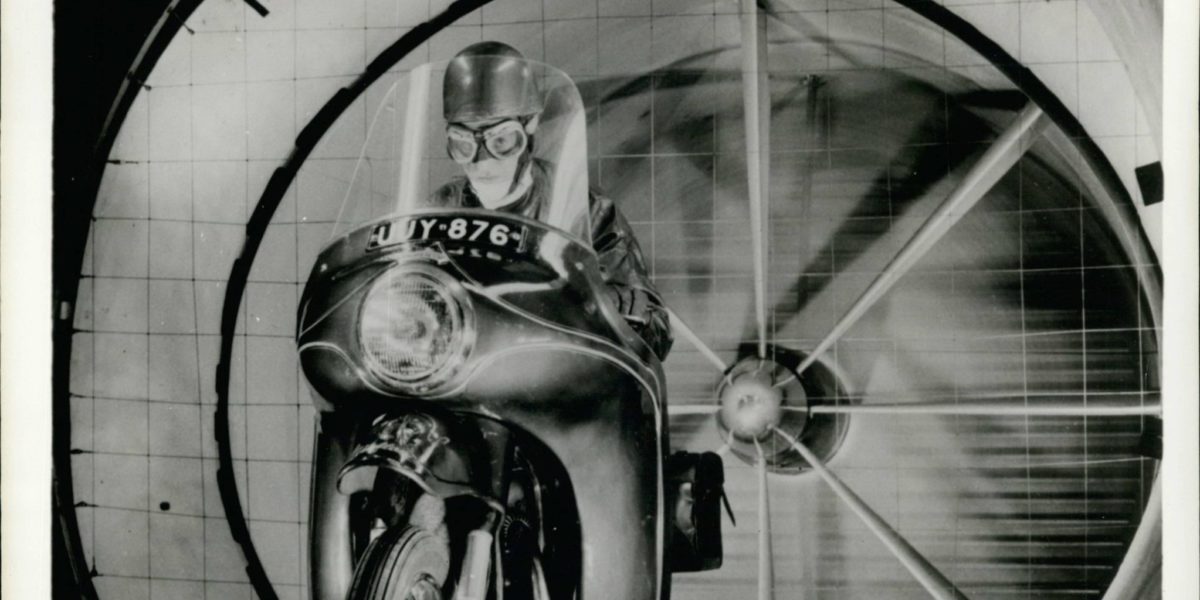It was no coincidence that the streamlined look became so popular in the 1930s. The period was marked in both America and Europe by the consequences of the economic crisis triggered by the Wall Street Crash in 1929.
Every possible effort was made in the United States to get the economy going again. People’s confidence in the country’s future had to be restored. A new generation of industrial designers presented themselves as the answer to the economic problems of the day. By designing new and attractive products, they tried to entice consumers to buy more and hence to revive the economy.
Streamlined environment
In the first half of the 20th century, new materials like aluminium, bakelite and other types of plastic emerged that could be readily cast or pressed into rounded forms. Flowing, curved forms could therefore also be applied to everyday domestic products.
These products also became a symbol of progress by facilitating a streamlined living environment. It was in the 1930s, for example, that electrical appliances began to be used on a large scale for the first time in American kitchens and bathrooms. The modern, streamlined design of these devices had an aura of efficiency and hygiene.
American style?
In Europe, all kinds of manufacturers made use of the seductive American Streamline style. The United States thus built up a certain cultural respectability, although this was mainly
restricted to popular culture. Some modern European designers viewed the American style with suspicion; they found it far too commercial.
The streamline style also found its way to the Netherlands. Take the Erres vacuum cleaner – the ‘torpedo model’ – designed by R.S. Stokvis. Even after the Second World War, the streamline style experienced a brief heyday in Europe, with the growing influence of American consumer culture.






